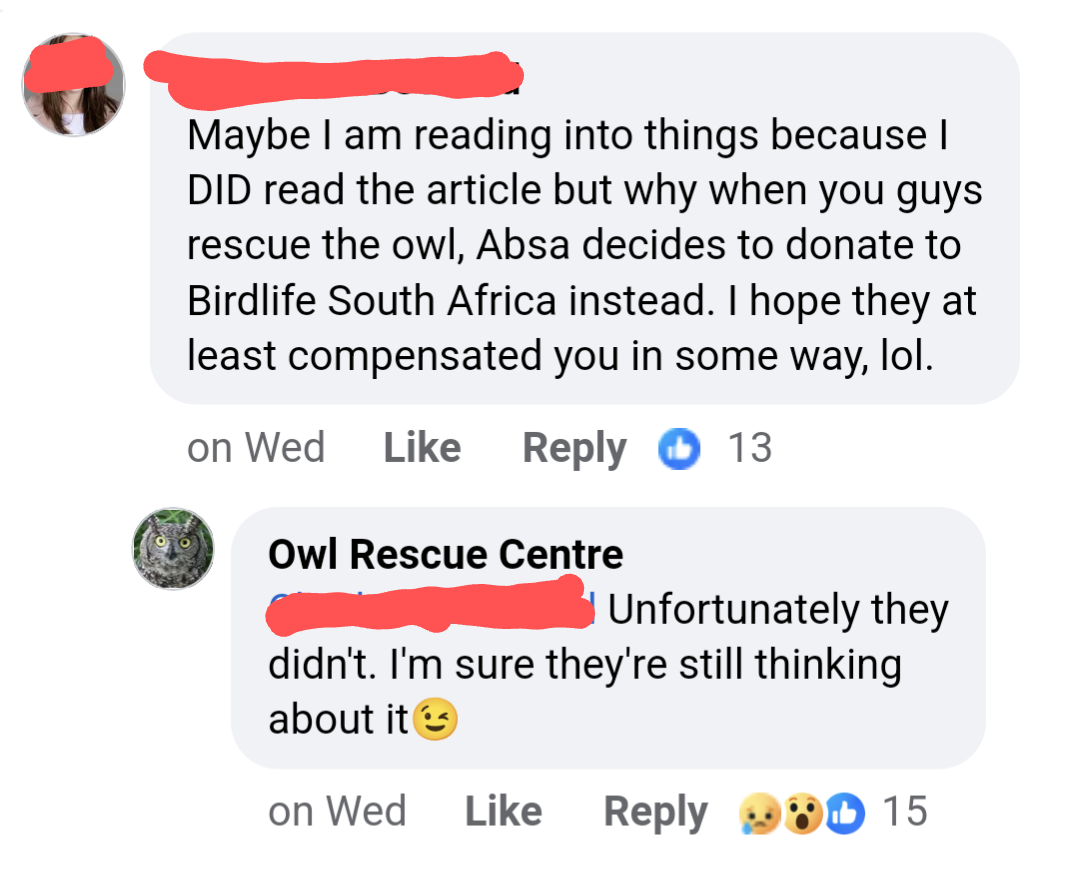Further Info from Wietze Post, a South African renewables provider.
Why load shedding has disappeared in South Africa.
Since March, South Africa’s myriad rooftop solar plants have terminated load shedding. Before, solar reduced load shedding.
Compared to last year (and 2022), SA's demand for Eskom's power has steadily declined since ±Sept 2023.
Daily peak demand is on a declining trend.
SA's daily peak demand is now about 1½GW-2½GW lower than last year. The gap vs the previous year is increasing.
The evening peak demand is trending down faster than the morning peak. I expect the morning peak to exceed the evening peak for the first time this summer (2024/ 2025).
Solar plant and battery capacity are expanding. The monthly compound growth rate is 4,6%-5%.
During the day, solar power is replacing Eskom power. That gives Eskom breathing room to replenish its hydro reserves. It also takes the pressure off hasty maintenance. Thus, they can do more thorough maintenance. Their plant operational readiness has improved.
Eskom's diesel turbines have run below-budgeted levels during the last four weeks.
The reason for load shedding's disappearance is not as bandied about by politicians. It has not stopped due to Eskom running their gas turbines on overdrive. The turbines do run sometimes, but usually only a few plants during the peak, if at all.
Solar generation is the prime reason for the decreased load shedding. SA’s evening peak demand has declined due to your solar batteries.
During the day, solar generation reduces Eskom’s demand (about 20% of the national load). Solar power also charges the batteries.
From late afternoon, solar households run on battery power. That usually carries them through to the early morning. Then, household power demand shows up again for Eskom. The home starts drawing energy from the grid. Verify my points by checking your PV plant's daily consumption curves.
As morning solar power increases, grid demand goes down. Consequently, Eskom does not ‘see’ the household again until the following morning. Add up 100s of thousands of households, and that makes a significant difference to the Eskom load.
East-facing panels generate the most valuable energy. Those who've had the foresight to install East-facing panels have the earliest benefit. If you also have West-facing panels, you will make the most efficient use of your battery.
‘Overload’ your inverter with East and West-facing PV panels. Then you’ll get the cheapest energy (kWh) and most stable power supply (kW).
I recommend you read up on “Wright’s Law” and the “Solar Duck Curve”.






Is that a cooked bat?